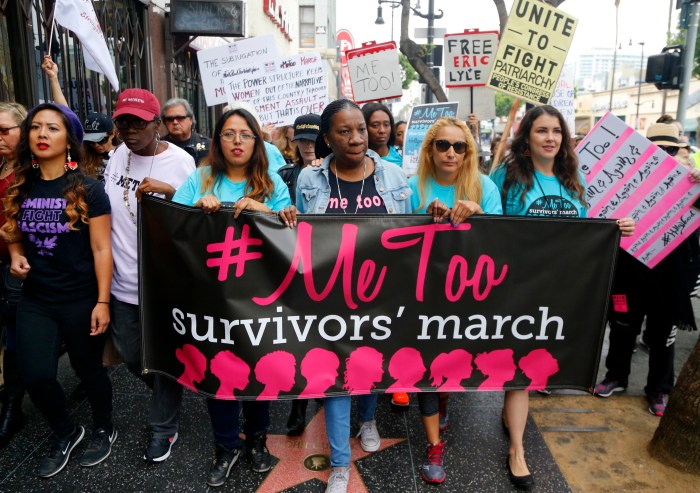By The Greater Astoria Historical Society
Relations between the United States and Cuba were very strained. On July 6, 1960, President Dwight Eisenhower slashed the Cuban sugar quota by 700,000 tons, virtually eliminating it, and sending Fidel Castro into a rage.
Retaliation was not long in coming. On July 30, Charles W. Wiley, a Kew Gardens newsman and Havana correspondent for WOR radio-television, was arrested by Havana police and held incommunicado. The radio station filed stiff protests to be delivered by the U.S. ambassador in Cuba and Henry Cabot Lodge, ambassador to the United Nations.
l
In Flushing, a dozen members of the Religious Society of Friends held a six-hour demonstration in opposition to the manufacture of germ weapons at the Friends Meeting House, at 137-16 Northern Blvd.
The demonstration’s purpose was to educate Flushingites about the weapons manufacture at Fort Detrick in Frederick, Md., where members of the Friends had been standing in line — the Quaker’s method of picketing — for more than a year.
l
As the Independence Day holiday came to an end, two elderly Astoria men, Frederick Sess and John Rescigno, were found dead in the beer bottle-littered basement apartment they shared on Hoyt Avenue.
On July 6, the Star-Journal reported that Frederick Wood, a convicted murderer who had been paroled only a month earlier and then arrested in Manhattan for parole violation, had confessed to the Astoria murders. Wood was paroled in June after serving 17 years of a 20-year-to-life sentence.
Why was Wood paroled? Gov. Nelson Rockefeller ordered state Parole Board Chairman Russell G. Oswald to submit a complete report on the handling of Wood’s case.
“I guess you’d just have to say we made a mistake on this one,” Oswald admitted. “I say that with a lot of heartbreak.”
l
On July 27, about 8,000 city Sanitation Department workers failed to show up for work in protest over a breakdown in contract negotiations between their union and the city. More than 5,000 of them marched on City Hall and refused to return to work unless their demands were met.
The next day, only one garbage truck, operating in the Elmhurst area with a police escort, was operating in Queens. Six truck-drawn trash receptacles were picking up garbage from Queens hospitals. Only 23 other trucks, also guarded by police, were picking up garbage in other boroughs.
Fortunately, an agreement to end the action was reached July 29 and, citywide, sanitation men only had to remove 16,000 tons of accumulated garbage.
l
According to a 1959 survey, Queens families earned more money than the average American family. Each Queens family earned an average of $8,132, compared to the national average of $6,385 and the New York state average of $7,371.
The Queens “quality of market index” — based on population, expenditures, incomes and economic growth prospects — was 112, or 12 percent higher than the national average.
l
Queens moviegoers saw “The Apartment,” starring Jack Lemmon and Shirley MacLaine; “Hercules Unchained,” starring Steve Reeves; “Please Don’t Eat the Daisies,” starring Doris Day and David Niven; and “Pillow Talk,” starring Doris Day and Rock Hudson.
Alfred Hitchcock’s classic “Psycho” began its run. Jerry Lewis appeared at Loew’s Valencia theater in Jamaica to promote his latest film, “The Bellboy.”
































